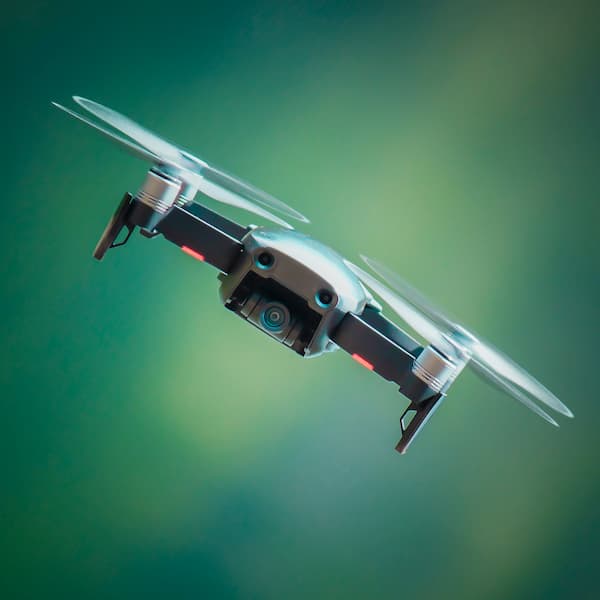What is a robot end effector?
There are many crucial parts that allow robots to successfully function but today we look at a core element of robotic design. A robot end effector is the part of a robotic arm or manipulator that’s responsible for performing the task intended by the robot. It’s the component that interacts directly with the environment to accomplish a specific task, such as gripping, lifting or treatments. They come in various forms depending on the application. For example:
- Grippers: Used for picking up objects (self-explanatory, right?)
- Tooling: End effectors that include tools such as applicators, drills, screwdrivers, or spray guns, depending on the purpose of the robot.
- Vacuum Cups: Used for picking up objects with smooth surfaces using suction.

- Sensors: for tasks such as measuring, inspecting, or detecting objects.
How to know what end effector you need
The design and choice of a robot end effector depends on factors such as the specific task requirements, the type of objects being manipulated and environmental conditions. On the topic of environmental issues, end effectors can be designed to be environmentally friendly, using lightweight materials or incorporating energy-efficient components. igus® always have sustainability in mind, using plastics for longer life with no igus® plastic parts ever designed for single use.
What do end effectors bring to the table?
Robots have become increasingly popular in manufacturing over the past few decades, and their adoption continues to grow rapidly, so end effectors play a vital role in allowing a robot to serve a specialised purpose. The limitations of what a robot can do are minimised by end effectors and they are not confined to one role if you do change your mind, with the ability to reprogram their task to accommodate what a manufacturer requires. They can also make a work environment much safer by reducing the need for human operators to perform hazardous tasks.
Robots equipped with appropriate end effectors can handle dangerous materials or operate in hazardous environments without putting workers at risk and cobots (collaborative robots) can work side by side with a human counterpart to aid processes with an awareness of the human worker, so the cobot doesn’t cause harm and jobs can be done quickly and effectively.
igus® & robot end effectors

igus® offers an impressive range of robot end effectors through the RBTX marketplace providing a space for collaborative selling of igus® products as well as many other leading business’ automation products. One of the newest end effectors is the igus® ReBeL® finger gripper. This robot gripper is compatible with all igus® ReBeL® models and offers high adaptability for different applications, improving their efficiency and performance. With the humanoid design of this end effector, you really are purchasing a helping hand for your processes! If you’re looking to purchase a robot end effector or any automation related product but are unsure on what will meet your needs, you can book a free video call with igus® experts here!
Are there limitations to what they can do?
It is important to remember that while robot end effectors can alleviate the workload for certain tasks, there are still limits to what they can perform. Many have limited dexterity compared to the human hand and do not possess fine motor skills, so they are not always the solution. Addressing these limitations requires ongoing research and innovation in the field of robotics, focussing on developing more adaptable, and cost-effective solutions but igus® are always seeking to improve the range of products offered and are constantly looking to expand and improve upon the range available.
To look at more information regarding robots have a browse of our blog here.



